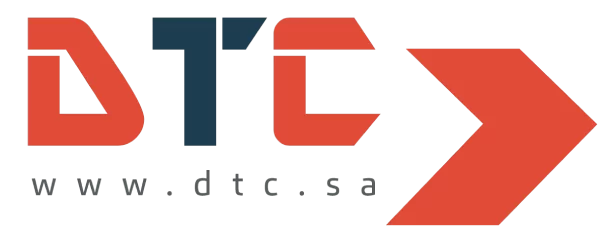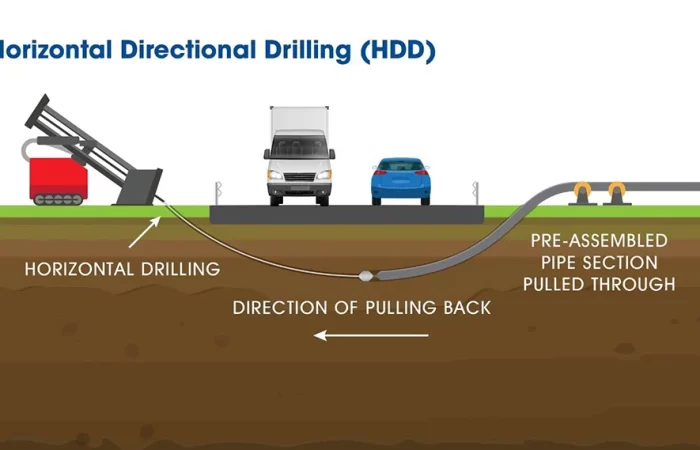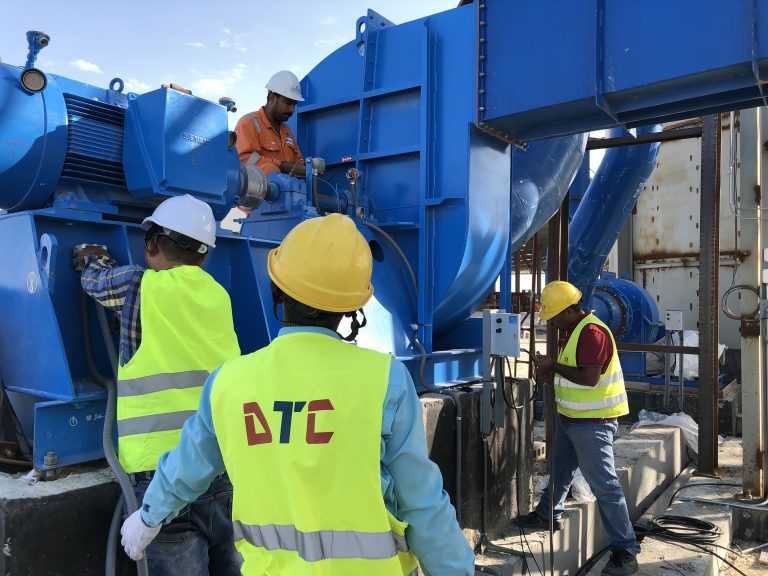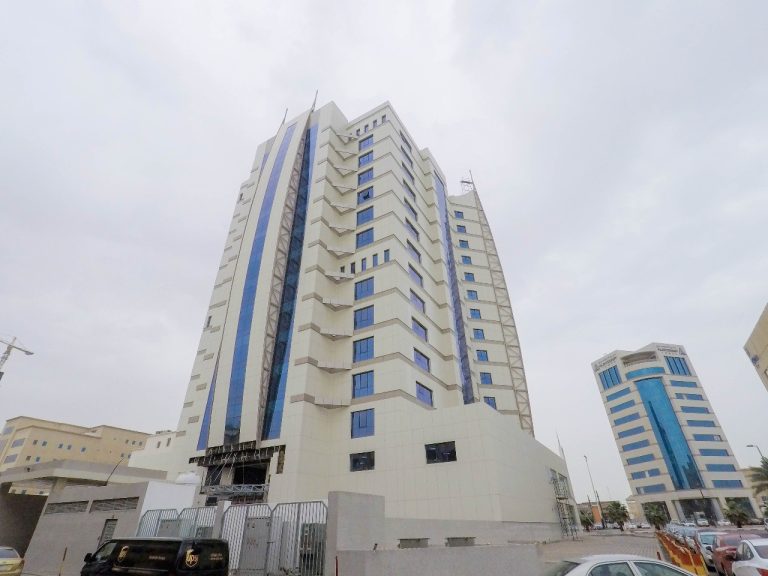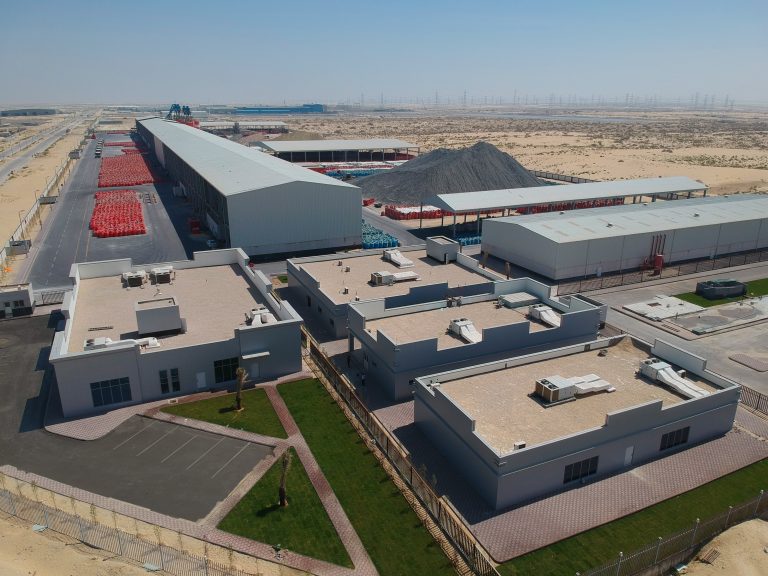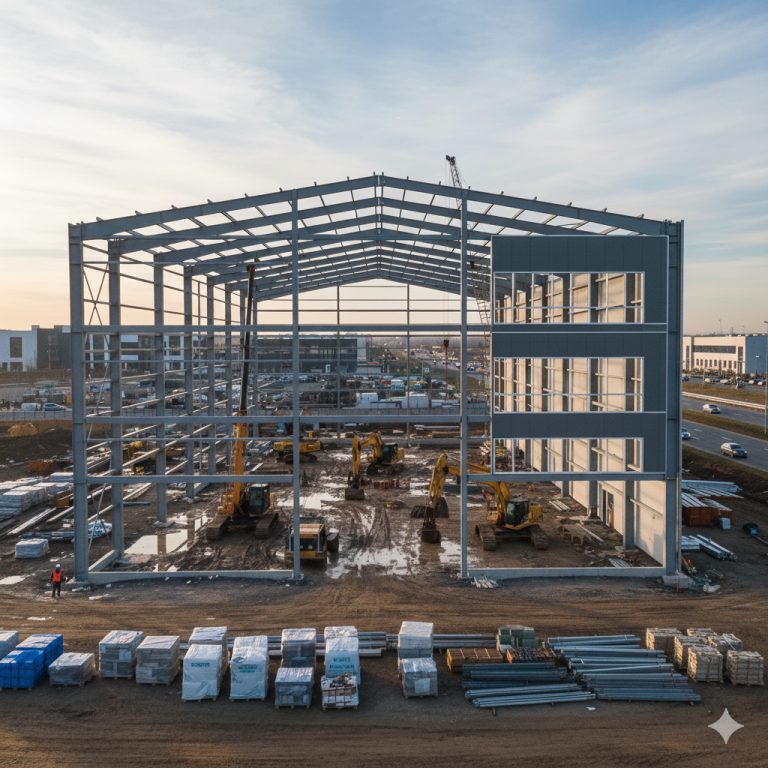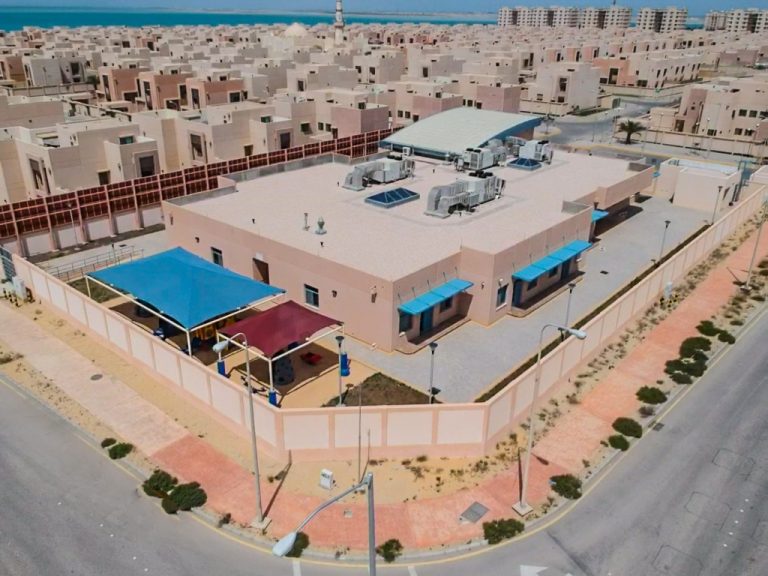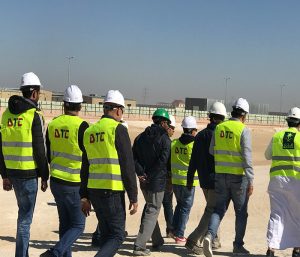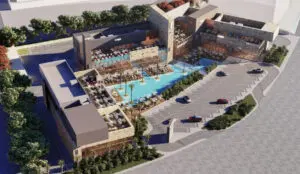What Factors Affect the Cost of an HDD Project?
Horizontal Directional Drilling (HDD) is an advanced method for installing underground pipelines and utilities without open trenching. While HDD offers numerous advantages such as minimal surface disruption and environmental protection, the cost of a project can vary greatly depending on several critical factors. Understanding these variables is essential for planning and budgeting an HDD installation.
Below are the key factors that influence the overall cost of an HDD project:
1. Bore Length and Diameter
One of the most direct influences on HDD cost is the length and diameter of the bore. Longer bores require more time, materials, and drilling effort, which naturally increases the total cost. Similarly, larger diameters require bigger reamers, more powerful equipment, and higher volumes of drilling fluid.
For example, a small-diameter bore for fiber optic cable will be significantly less expensive than a long-distance bore for a large water or gas pipeline. Additionally, longer bores often require more drilling rods, more complex guidance systems, and longer pullback durations.
2. Ground Conditions
Subsurface conditions play a major role in determining the cost of HDD. Soil types such as clay, sand, or gravel have different drilling properties. Soft soils may be easier to drill but can lead to instability or bore collapse. On the other hand, rocky or hard formations increase wear on equipment and slow down drilling, requiring specialized tools and longer work times.
Unstable or mixed ground conditions may require additional support measures such as increased fluid pressure, casing, or even changes in bore path design. These adjustments can drive up costs significantly.
3. Depth and Complexity (Settlement Calculation)
The depth of the bore adds another layer of complexity to the HDD process. Deeper installations require greater planning and more powerful drilling rigs. Deep bores also involve more complicated settlement calculations to ensure the stability of surrounding ground and infrastructure.
If settlement is not correctly assessed, it may lead to surface deformation, pipe damage, or costly remediation work. Accurate geotechnical analysis is necessary to model how the ground will behave during and after the drilling process, and this analysis adds to both time and cost.
4. Stress Analysis & Pulling Load Calculation
During the pullback phase, the installed pipe is subjected to significant mechanical forces. A proper stress analysis and pulling load calculation must be conducted to ensure that the pipe will not be damaged during installation. Factors such as bore curvature, pipe material, lubrication, and depth influence the pulling forces required.
If the stress and load are underestimated, it can lead to pipe breakage or joint failure. On the other hand, over-engineering for safety can increase costs due to the use of thicker, more expensive materials or reinforced joints.
5. Permitting and Site Access
Securing the proper permits for an HDD project can be both time-consuming and costly, especially in urban areas, near waterways, or in environmentally sensitive regions. Permit costs vary by location and often require environmental impact studies, traffic control planning, and coordination with utility companies.
Site access is another important consideration. If the drilling site is difficult to reach due to terrain, road conditions, or restricted zones, mobilization of equipment and personnel becomes more expensive. Additional costs may arise from land clearing, temporary road construction, or use of specialized transport.
Conclusion
While HDD offers numerous benefits, it requires detailed planning and careful consideration of multiple cost-driving factors. Bore length, ground conditions, depth, mechanical stresses, and permitting all influence the final price of an HDD project. A clear understanding of these variables helps ensure accurate budgeting and efficient execution of any trenchless installation.
